Lost Ozark post office found in California’s cattle country
Thank you for finding my “Ozark post office story,” an unexpected heart-felt story, coming right out of America’s heartland in the Ozarks mountains.
It really starts nearly one hundred years ago when my great-great grandma Nellie Maynes Morrison, at 65 years old in the 1930s, traveled to California to fetch her children back to their home in the Ozarks.
Her children had migrated to California in the dust bowl, looking for jobs and a better life. Nellie had established strong roots in the Ozarks as the local midwife, herbal medicine practitioner, and rural mail carrier, and rather than follow her kids to California, she traveled to California to convince her children and grandchildren to come home.
With one exception, Nellie’s kids heeded Nellie’s call and returned to the Ozarks. They would go on to impact Ozark culture, as noted string musicians.
Their little town of Fox, Arkansas would have two roads named after the family that returned from California and stayed rooted in the Ozarks.
And the branch that stayed in California? That’s where I come in, four generations later.

If you are just finding me from your home in America’s heartland (where much of the community of Eat Like a Bear is located), you will soon realize that I don’t fit the California stereotype well. My little community in California includes 216 people in the zip code, has no cell phone service, is 45 minutes from a grocery store, houses California’s last single classroom K-8 school district, and has the longest remaining cattle drive in California.
My community is as rural as Fox, Arkansas likely was in 1935 when great-great grandma Nellie Morrison called back her children, and as this story unfolds, I am told that my extreme rural lifestyle is no coincidence but rather an equilibrium that has taken four generations to reestablish.
The other thing you should probably know about me if you’re new here, is that I have an unexpected and viral weight loss success story.
I lost 140 pounds five years ago and was posting on Facebook living my new life — out hiking and foraging, picking dandelions and making dandelion balm here in my forest. The Eat Like a Bear community was formed and we’ve been picking dandelions, hiking, riding horseback, and generally being awesome ever since.
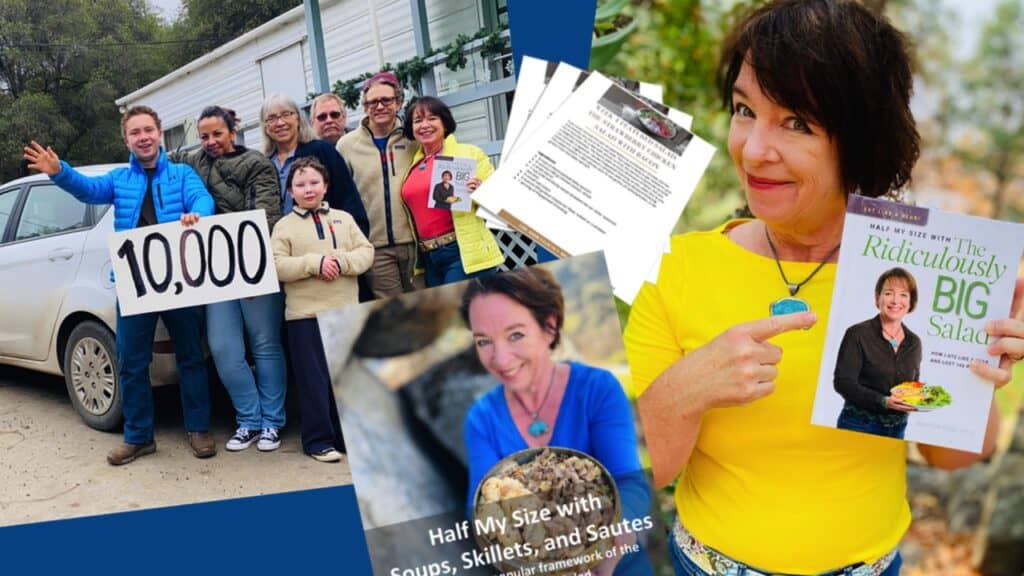
We have had extreme success in weight loss here at Eat Like a Bear and I expect many of us thought we couldn’t be more awesome than that, but this Ozark story teaches us about values far deeper than pounds and pants size.
In fact, a series of unexpected events, serendipitous coincidences, or maybe just plain fate has brought us an engaging story about family in rural America.
It is a story in development that weaves together quite a number of other stories unto themselves. I hope I can do it justice. As it unfolds, it includes an interesting tale of family and business, notably:
- How my Arkansas relatives played a role in saving the business of Eat Like a Bear, long before I met them and long before Eat Like a Bear existed.
- How we discovered a one-of-a-kind piece of Ozark folk art here in California.
- How that piece of folk art symbolizes the struggle to save rural American culture.
- A key family legacy that I have always desired and never realized I had.
- Why I’m returning to Arkansas in April 2024 (and likely many times before that)
But we’re just getting started here and I think it’s important to include a bit of a back story to this if you have a minute.
A Broken Heart (the context of all this)
One year ago I felt as if I had lost everything in the 2021 Windy Fire, a wildfire in the southern Sierra of California.
Of course, I had not lost anywhere near everything. I had my family and my house and the whole amazing community of Eat Like a Bear.
My house is an unusual property in itself and I am certainly glad that I still have it, but I would have quickly traded it to save the larger forest around it.
The forest was completely devastated by the Windy Fire, obliterating some of the world’s southern-most Giant Sequoia trees, trees that had lived over a thousand years.
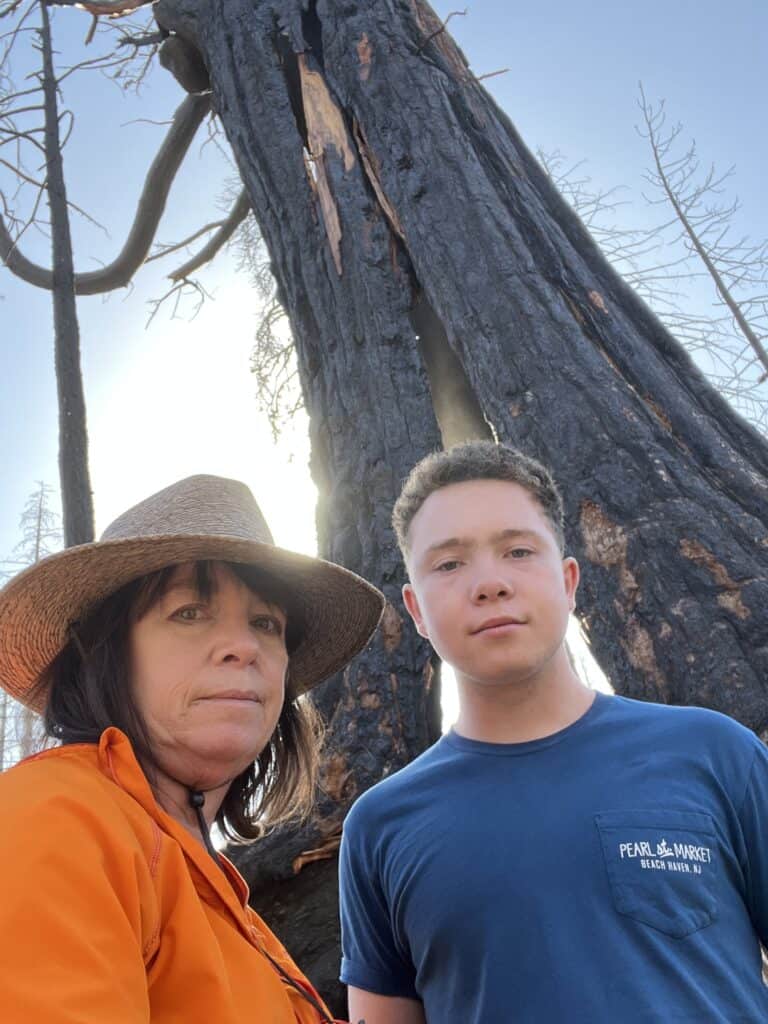
From our property in the Giant Sequoia National Monument, before 2021, we could see four distinct Giant Sequoia silhouettes. Now we see two.
A specific tree used to hold the distinction of the “southern-most Giant Sequoia on planet earth.” A tree to its north now holds that distinction, sitting just north of a graveyard of charred giants.
If you were to hike into these areas, the devastation would likely overwhelming, completely physically devastating as you take in the vastness of the loss. I don’t recommend such a hike. The hike would be illegal since all of the trails are officially closed. The hike would also be dangerous. Limbs and entire trees could fall on you at any time. Limbs and trees fall regularly and often.
But more certain than death by a falling tree, such a hike is sure to break your heart.
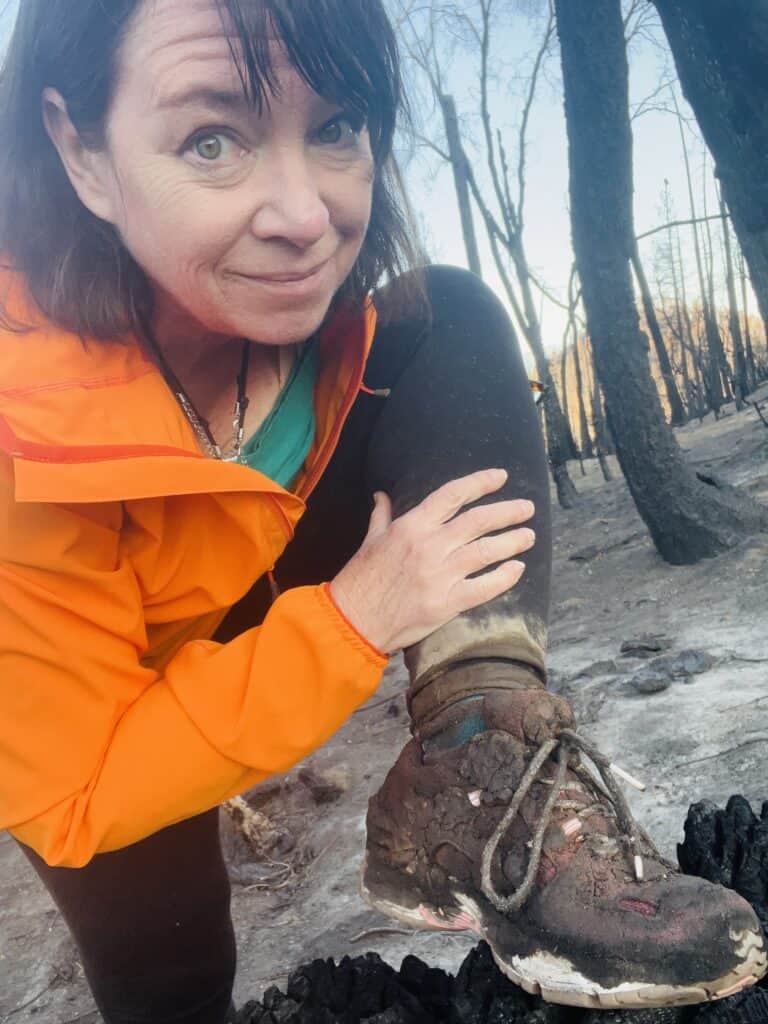
Deep in my own heart break of this past year, I did wonder how I would get through.
Before 2021, when a bad day in my life would hit, I had certain things I would do to get through — “bad day rules” of sorts that I would follow. Notably, I would push myself to get out on a hike and, while hiking, I had other rules: (1) If I saw another human, I would engage with them and (2) I would look for a plant to turn into a project, like using mint for a balm or cedar leaves for a vinegar. These rules helped me survive many bad days.
As it would turn out, the people and plants in my old hiking areas are completely gone. The roads are gated and closed, likely for years as we wait for the burned trees to fall and likely for another wildfire to clean the debris.
I posted a hopeful post here on this website in January 2022 about the wildflowers that were to come, even citing Tom Petty’s Wildflowers” as a theme song. That post was my own self-talk as we waited for spring to come. (It was very wise looking back on it. I should probably read it more often. Find it here.)
I will embed Tom Petty’s Wildflowers right here. We should all give it a listen before we continue the story.
As it would turn out, the fire didn’t bring wildflowers here in the spring of 2022.
The harsh reality is that the wildfire burn was so complete here that most of the seeds are gone too.
Spring found black tree trunks and deep ash.
I knew I could find wildflowers and adventure elsewhere on this earth, but when your heart is broken, it is sometimes difficult to see where you need to go.
I took regular inventories of what I had and I do know that I am rich in many things, especially in the community of Eat Like a Bear. That richness has surely helped me through this past year, but I did struggle to get past the grief of the forest, and I still do.
But then one day in early September 2022, on a hike through the ash and mud, in my heart break, I asked myself where my family and I would view the 2024 solar eclipse. That simple question would lead me to this story.
Let me begin…
The Three Back Stories
This is one interesting but complex story, including three back stories for context.
I promise there is a pay off for those with a few minutes.
Story 1: Nearly Breaking the Post Office in 2020
Here at Eat Like a Bear we nearly broke our own little post office two years ago. We shipped 10,000 books out of it, a volume not even experienced by our regional post office, much less the office in our zip code of 216 people. The circumstances were made worse by distribution problems at the time within the federal post office organization itself, requiring a network of rural post masters here in the southern Sierra foothills to band together to make it happen, in a story that was featured in the publication of the U.S. Postal Employees (here, CLICK!).
Story 2: Rural America Saving the Post Office Ten Years Earlier
Some ten years prior, our little post office was slated to be shuttered, along with thousands of small post offices across the country. A groundswell movement across rural America saved the rural post offices largely by switching the staffing model to part-time postal clerks instead of full-time postmasters.
Story 3: The Dust Bowl: Migrating from Arkansas to California Seventy-Five Years Earlier
Some seventy-five years before the movement to save the post offices, during the dust bowl and Great Depression, my great grandma and grandpa, Gracie and Rankin Rose, migrated to California from a little town in the southern Ozarks, Fox, Arkansas.
Gracie’s parents, John and Nellie Morrison, stayed in Fox, Arkansas, while Gracie and Rankin’s seven children moved with them, including their 21-year-old son Edward Loal Rose.
Loal Rose met Dorothy in California. She had migrated from Missouri. They married in 1938 and worked as migrant farm laborers, living in transient camps across central California and into the Pacific Northwest.
They lived in a tent on the Sacramento River in 1940 when their first child was born, my dad Dwaine Rose.
From these three stories emerge one.
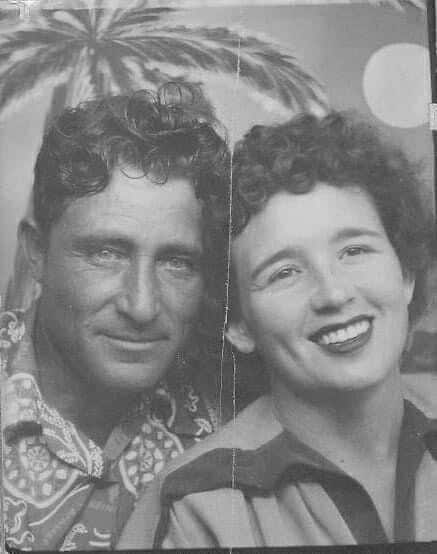
Starting with One Simple Question: “Where to View the April 8, 2024 Total Solar Eclipse?”
For five years I had intended to find the perfect spot to view the eclipse after having a deeply impactful experiencing the 2017 eclipse in Wyoming.
In fact, the 2017 eclipse was an impactful before/after moment for me. On that big family road trip that we had planned for over a year and spent some thousands of dollars on, I set an intention for a project for myself when I returned home. Some of you might know what that project was. As we drove home from viewing the eclipse, we snapped a family vacation photo that would end up as a “before” photo in a photo set now seen by over five million people.
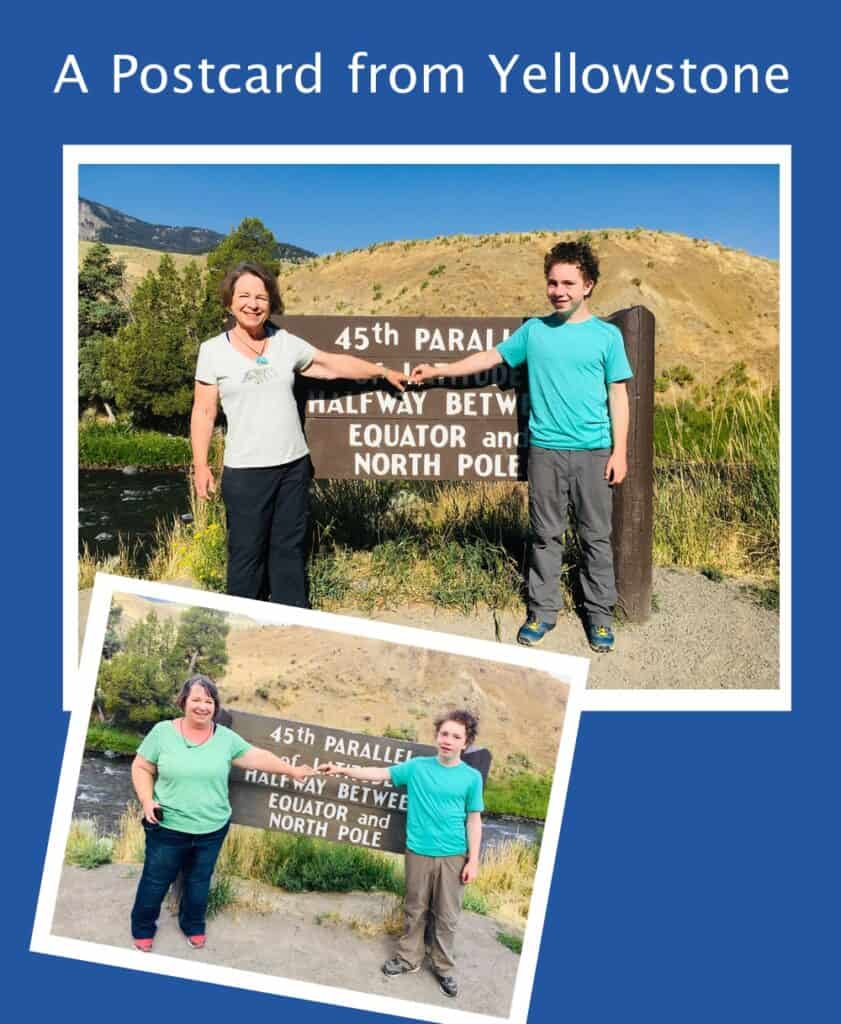
In early September 2022, I was feeling some remorse that I had no made time to do the eclipse recon and research. I was out hiking one day and wondered: “Where will we view the eclipse?”
A total solar eclipse is a powerful natural event where you observe the moon completely covering the sun. In totality, you see sun rays dancing around the edge of the moon, seeing a part of the sun that simply is not possible on a regular day. It is an odd and powerful event that somehow is also deeply touching and transformational. I’ll say more about that later, but for now, I did simply wonder where on earth we would view it in 2024.

Out of nowhere came the thought: “Fox, Arkansas.”
It was a strange little thought that I simply hadn’t considered. While I knew I still had relatives there, we had lost touch and I had only visited Fox once as a toddler in 1971.
I wondered if Fox would be in the band of totality for the eclipse — the area of the earth where you have a clear view of the moon covering the sun.
I looked it up.
Not only would the eclipse be viewable from Fox, but Fox is nearly in the middle of the band, giving it one of the longest eclipse experiences.
Wow! Cool!
That point was interesting enough that I then did a casual Google search of Fox, Arkansas history.
The history of Fox, Arkansas is filled with Ozark culture, especially of string musicians, notably of Morrison blood. While my branch of the Morrison family moved to California in the 1930s and lived in extreme poverty and violence, the Morrisons who stayed in Arkansas left a strong and positive mark on the culture of the southern Ozarks.
In fact, the Morrisons have two roads named after them in Fox.
I felt pretty proud to be related, but also wondered what might have been had my branch stayed in Arkansas (besides the obvious point that I would not have been born).
But it was what I’d read next in Fox history that would knock out of my chair:
The community of Fox, Arkansas played a pivotal role in rural America politics in 2012 in saving the little rural post offices, including my own.
The residents of Fox were even featured in a New York Times story about the fight to save the rural post offices (here, CLICK!)
While there was a groundswell movement across the country, a New York Times article by Campbell Robertson described the movement in Fox and used rural Arkansas examples as the cautionary tale of what happens in small towns when they lose their post offices.
The article led with a cautionary tale — an Arkansas community named Mozart whose post office closed in 1959. Mozart had struggled to maintain its population but when the post office closed in 1959, the community nearly disappeared. The writer poetically describes Mozart, Arkansas as:
A place on the road where only those who knew it was there would know it was there.
– Campbell Robertson
As I read the deeply touching article about saving rural post offices, I noted a quote by Stanley Morrison, the Fox justice of the peace.
My family had long since lost touch with the Morrisons and so I did not know Stanley Morrison at all, but I was pretty sure he was a distant cousin.
I reread the article and sat back with the realization:
My actual blood relatives in Fox, Arkansas, had played a role in saving my little post office in 2012 so it would be there for our viral story in 2020. (Read the story here — CLICK!.)
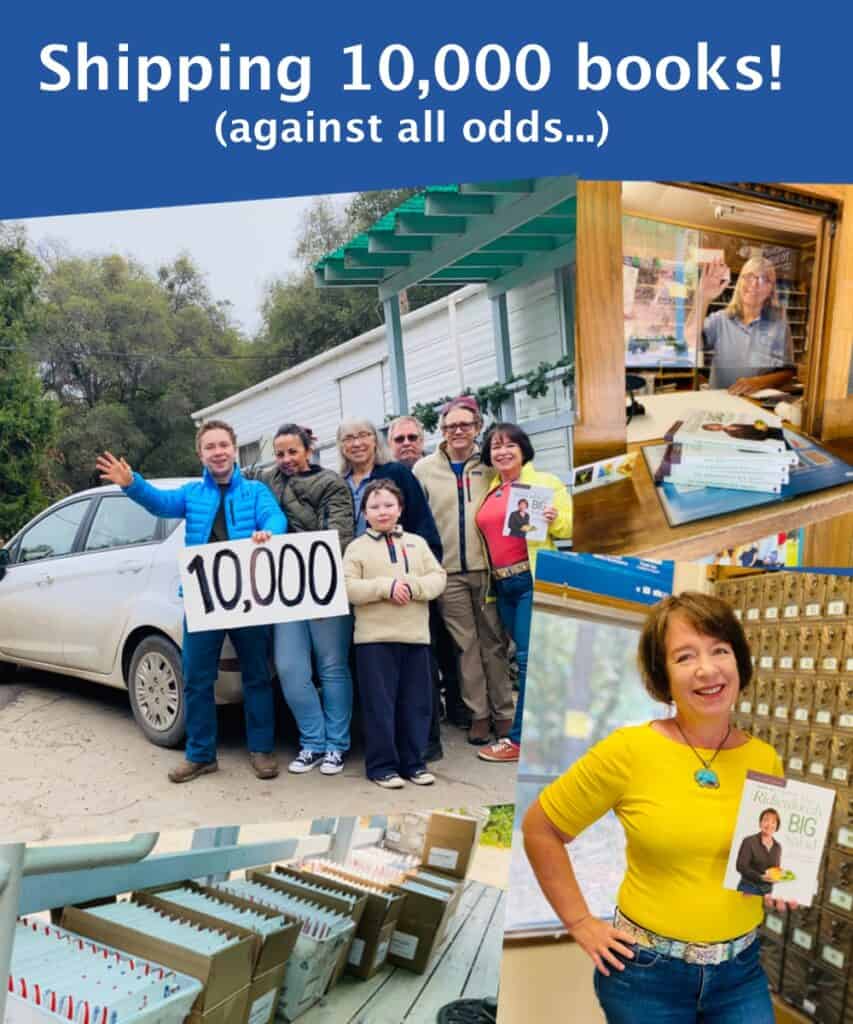
And then something else occurred to me:
While we packed up those 10,000 books in 2020, we had a painting in our very living room of the Fox, Arkansas post office, an oil painting my parents bought at a roadside stand near Fox in 1971.
The painting shows a humble old building with a small sign that says simply, “Arkansas Post Office.”
I sat back again:
My blood relatives in Fox, Arkansas saved my post office without me realizing it. To boot, as we packed up 10,000 books, we did so in a room with a painting of the Fox post office itself.
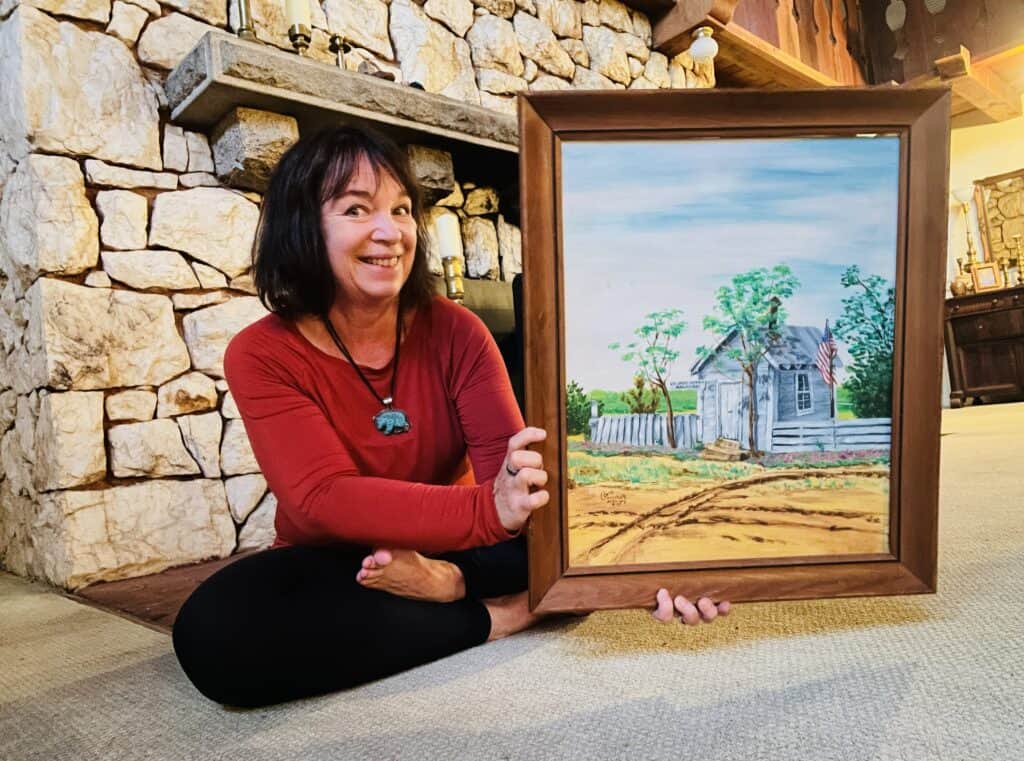
How on earth????
I Googled Stanley Morrison, my distant cousin quoted in the New York Times.
Stanley Morrison is completely un-Google-able.
I Googled another person quoted in the story: Renee Carr, resident of Fox, and also the Executive Director of the Rural Community Alliance at the time of the article.
I sent Renee a DM on LinkedIn on September 6, noting our Fox and post office connections, but it was fairly clear to me that she didn’t use LinkedIn. I expected my chances of making contact were pretty small. It occurred to me later that she might be find-able in other social accounts. Indeed she was. I sent her another message on September 21.
It was then two weeks later, October 6, before she would see my message among her message requests.
She answered immediately and excitedly and also was curious to see a photo of the Fox post office painting.
When I got home that night, I snapped a photo of the painting and sent it to her. I knew from her initial response that the painting was not of the Fox post office. I felt disappointed but hoped it was at least an actual post office somewhere and not just an idealized quaint little rendition of a rural post office.
Renee put the question out to her social network trying to ID the artist and painting. By the next morning, she had both the artist’s name and history and the post office’s location.
No, I did not have a painting of the Fox post office in my house as we packed up those 10,000 books.
In fact, I have a painting of an Arkansas post office that closed nearly 65 years ago — “a place on the road where only those who knew it was there would know it was there.”

The son-in-law of the last postmaster in Mozart, Arkansas, who himself is now 90 years old, confirmed the painting in my living room is the Mozart, Arkansas post office.
In that New York Times story and the poetic writing of writer Campbell Robertson, the community of Mozart, Arkansas became emblematic of the fight to save rural America. Ten years later a simple oil painting of the Mozart post office would be found unexpectedly in a home in rural California, purchased fifty years earlier on an Arkansas roadside.
My parents kept the painting for about 25 years and would put it in a thrift pile. My sister saved it from the thrift store and kept it for nearly 20 years before returning it to this house about five years ago, where it watched us pack up 10,000 books to ship out of our little post office.
I messaged my sister: “You saved a one-of-a-kind piece of Ozark Folk Art. It may also be an important symbol in rural American politics.”
That was Friday morning, October 7.
By Tuesday I had a plane ticket for a Thursday flight. I packed a few changes of clothes and printed some snapshots of the Mozart post office painting.
My dad saw me off and we snapped a photo.
I hit the southern Ozarks by late Friday just in time for a String Music Festival at the Ozark Folk Center.
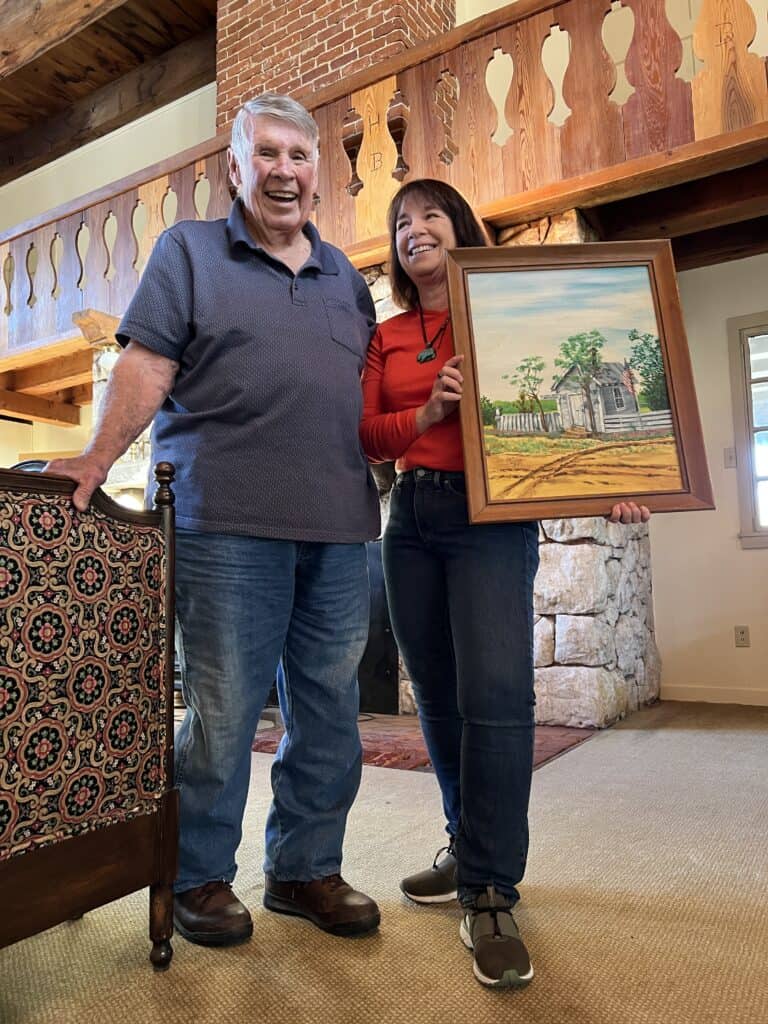
Upon Leaving…
I made a quick video the evening before I left, just to capture any “before” thoughts.
Among the Wildflowers
The trip was last-minute, completely unplanned, and absolutely not at all like me. I was exhausted from work. I had two TV appearances the week before. I had known Renee Carr by Messenger for an entire week. I had no contact with my Morrison relatives, and there I was in Mountain View, Arkansas, for the Ozark Folk Center’s String Music Festival Friday night, very nearly just plopped right into a completely strange place.
But immediately something was unexpectedly familiar about all of it — the cultural similarities to the Californians who left the Ozarks in the 1930s was striking. Even generations later, you will find little pockets of native Californians with southern accents. I have a slight bit of one if you listen carefully I expect.
I settled into the concert easily, in a culture that felt like home.
Something then happened in that auditorium that I do feel compelled to mention.
I do wonder sometimes about signs and symbols, where they are coming from, what they mean. This one in particular is one of those parts of a story that you assume the detail must be made up, because things never happen this way in real life.
When you go to a string music festival featuring folk music from the Ozarks, there are certain things you expect. You expect the traditional music and some jig and square dancing.
As you read this, ask yourself this question: If you were at an Ozark String Music Festival, would you expect the band to cover a Tom Petty song?
Me either.
I also wouldn’t believe me if I told me. Luckily, I recorded it.
This is Blackberry Summer at the Stringband Music and Arts Festival at the Ozark Folk Center in Mountain View, Arkansas. (Find Blackberry Summer on Facebook here.)
Greetings from Fox, Arkansas, zip code 72051, population 657
With so many parts and pieces left to tell, I will leave you now with this:
Yes, the people of Fox, Arkansas were active in the movement to save rural post offices across America, and those people included my actual Arkansas kinfolk, featured in the key story in the New York Times.
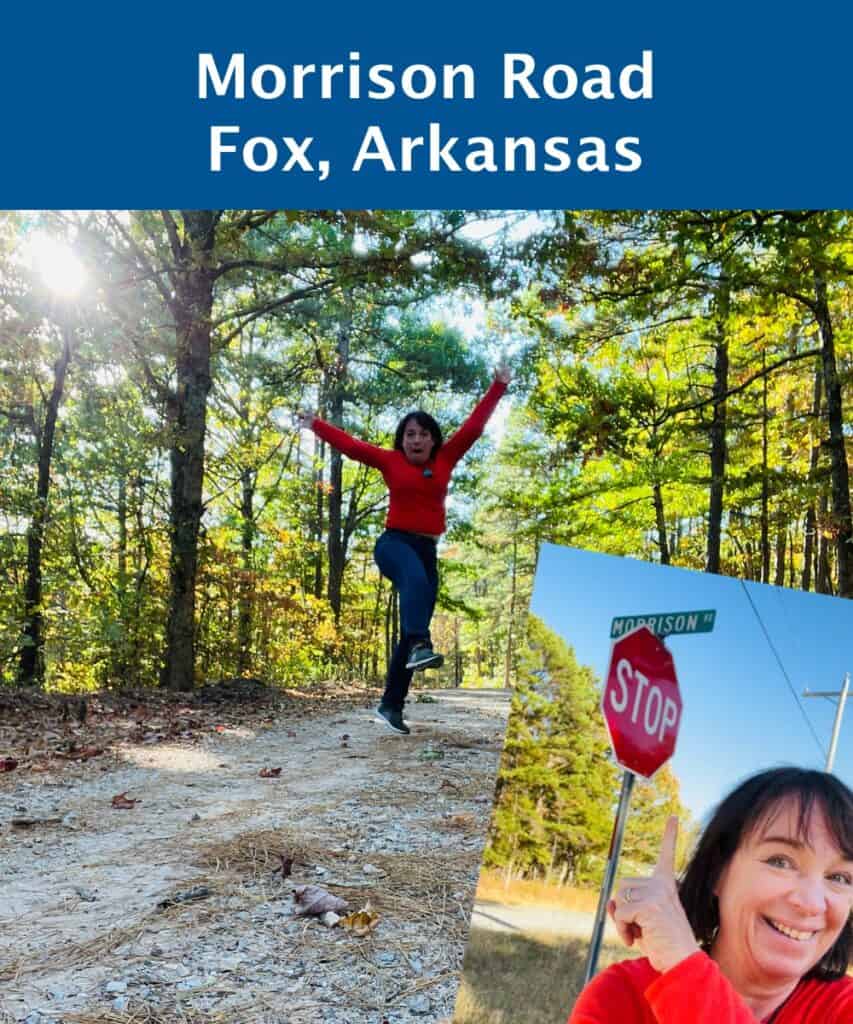
A community with only 646 people in its zip code worked with other little communities across the country in 2012 to save my little post office with 216 people. It turns out that some of us are blood kin and didn’t know it.
I leave you now with a photo of Renee Carr and me, holding signs with our zip codes and populations in front of the Fox, Arkansas post office. We had known each other for eleven days digitally and two days in person when we grabbed this photo together.
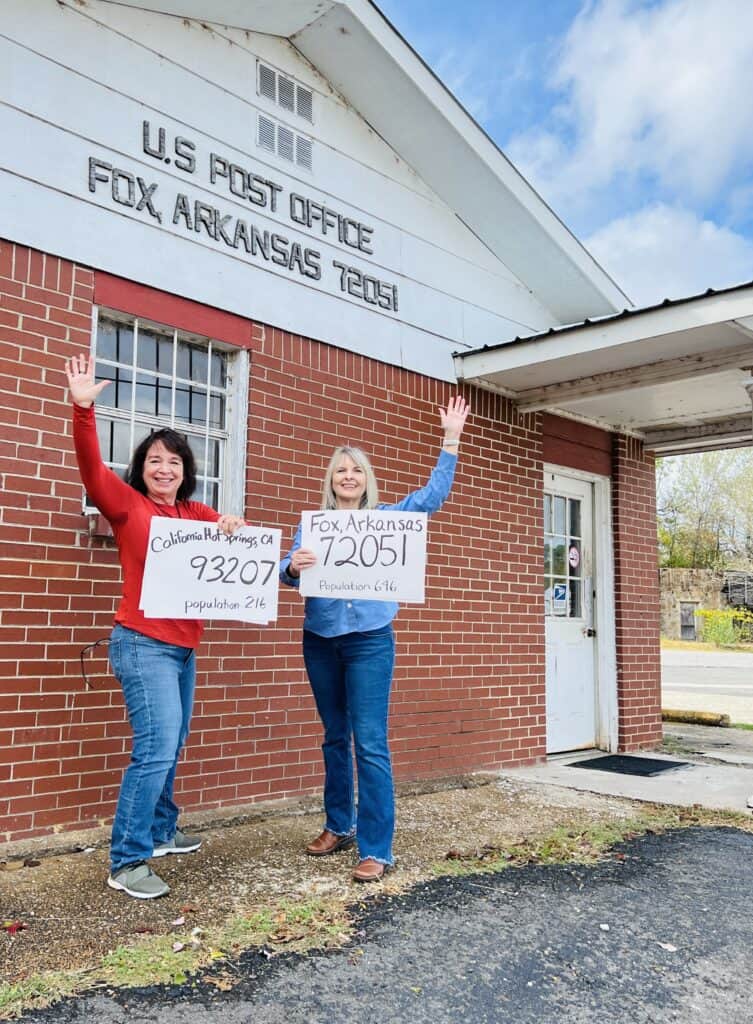
P.S. 🙂
Yes, I’ll update this story very, very soon.
If you’ve stumbled upon all of this, you’re biggest question might be “how on earth did she lose all that weight?” I’ve got you covered with our Three-Day Challenge which teaches you the core of what we do around here. Find the challenge here (CLICK!). You really should read our post office story too, because it is super-cool. Find it here (CLICK!)
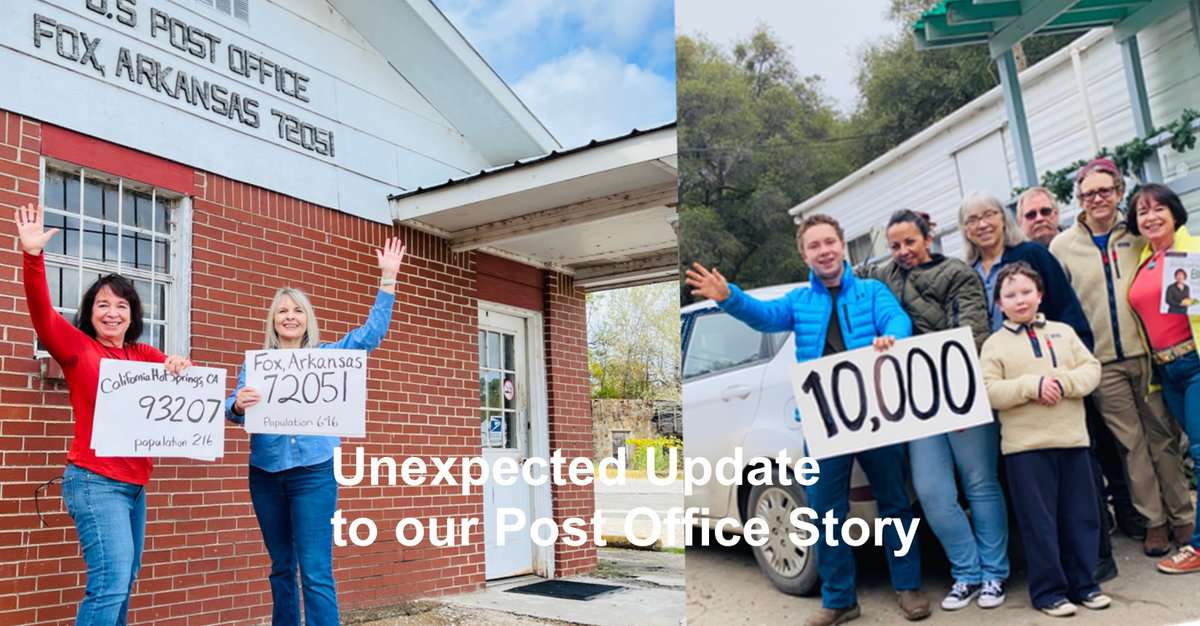
Wonderful story, Amanda. I love how your search for a future adventure pulled together distant and recent past.
I loved reading this story. What a wierd set of coincidences and interesting overlap and just general knowledge all tied together to create a piece of entertaining writing. Miss you guys!
Thank you so much for this story, Amanda…what a wonderful example of tenacity. On another note…I do understand the sadness surrounding your loss due to the fire. It’s also in my DNA to need to touch, smell, and walk among the trees and pines wherever I live. It nourishes my soul and I could not be happy without this being a part of me. My best wishes are being sent to you.
Janice
Thanks so much for sharing this story and this lovely song. I will be humming it for quite a while I’m sure.
Mountain View is a great little town. We loved the Folk Art Center and stayed at a fishing lodge near Bull Shoals. The dining room had windows overlooking the river which were lined in hummingbird feeders – serving nectar to hundreds of beautiful birds. A memorable vacation.
Diane
It is kismet!!!! Love it.
As always, Amanda, I glean wisdom and hope through reading about your adventures, insights and experiences…
What a fabulous story Amanda!! I love the “coincidences” you uncovered! Thanks so much for sharing!
I loved this story so very much!!! Thank you for sharing, Amanda!
Wonderful story thank you for sharing all the fabulous details. I think it obvious Gods hand is at work and He knows the end from the beginning and care of the smallest details of our life.
Xoxo
So awesome wow! This story made me cry. What a powerful story. We are all interconnected some way or another and I love that song!
There are no coincidences…it was all meant to be! Beautiful story. Thank you for sharing.
Thank you for sharing this. It is heartwarming, spiritually nourishing. Thank you too for living so much out loud and creating this enterprise and community that is so helpful to so many. I wish you well.
Thank you for sharing your story. Love that you are real, honest and open about your life.
Wishing you a bright future
Amanda, this was such a touching, connecting story for me, as I am pulling myself together to commit myself to ELAB. My family history is very similar to yours, my Grandparents having migrated to California from NW Arkansas in the dust bowl years, worked as migrants in Central California, and I, too have the slightest touch of an Arkansas accent. I lived in Felton, California, Redwood Forest when I was six and developed a love of the trees that lead to years of hiking and backpacking. I moved to Seattle in the late ’70’s and raised my children here. I have spinal issues and an autoimmune disease that have put me in a wheelchair in my sixties, but my four children and six grandchildren carry on my love of hiking and the outdoors. This post was very important to me. Today I am beginning ELAB to address the severe obesity that is further limiting my health. Thank you, Amanda, for this connection.
This is such a wonderful story!!
Oh Amanda!
Seems like not much in life is happenstance.
Thank you for sharing this story, truly warmed my heart!
A truly touching and inspiring story. Blackberry Summer now has new fan.
This was such a heart warming story wrapped in your family history tied together with your current life with weight loss in Eat Like A Bear. Thank you for sharing your life and adventures with us. If I was still teaching elementary school,I would have to read Amanda Stories to my class.
My post office in my hometown of Patterson, Arkansas was another one of the little towns that were saved by the fight to stay open. At that time, there was a population of 333 people there. My family, like yours, moved west after World War II. I was born in Bakersfield, CA but after my father died, my mom came back home. I joke that I wasn’t born here, but I got here as quick as I could! Many, many southern people moved to the west at that time as the south was still in the grips of the Depression while the rest of the nation thrived. Be careful! Arkansas seems to weave a spell on visitors, and they visit again and again until they finally settle here for good.
Loved reading this. I lived in Fox for over 20 years, moving to OK 2 years ago. So happy you met up with Renee. She is a wealth of knowledge of the area.
I have goosebumps from reading your journey as I am traveling through my own “dark knight of the soul.” My story is too long for here but so many things in your story resonates. I live here in the Ozarks, “born and raised”, and my husband was raised in Fox, Arkansas. His sister, also raised in Fox is a postal mail carrier(in another area of Arkansas). Serendipitous so you say, speaking of wildflowers, I’ve been thinking about growing some on my little patch of 3rd generational property in the lovely town of Mountain View. We already harvest and make dandelion wine from our land and other herbal goodies. Today’s my birthday and I am so thankful I decided to read your story. Perhaps we’ll meet in 2024.